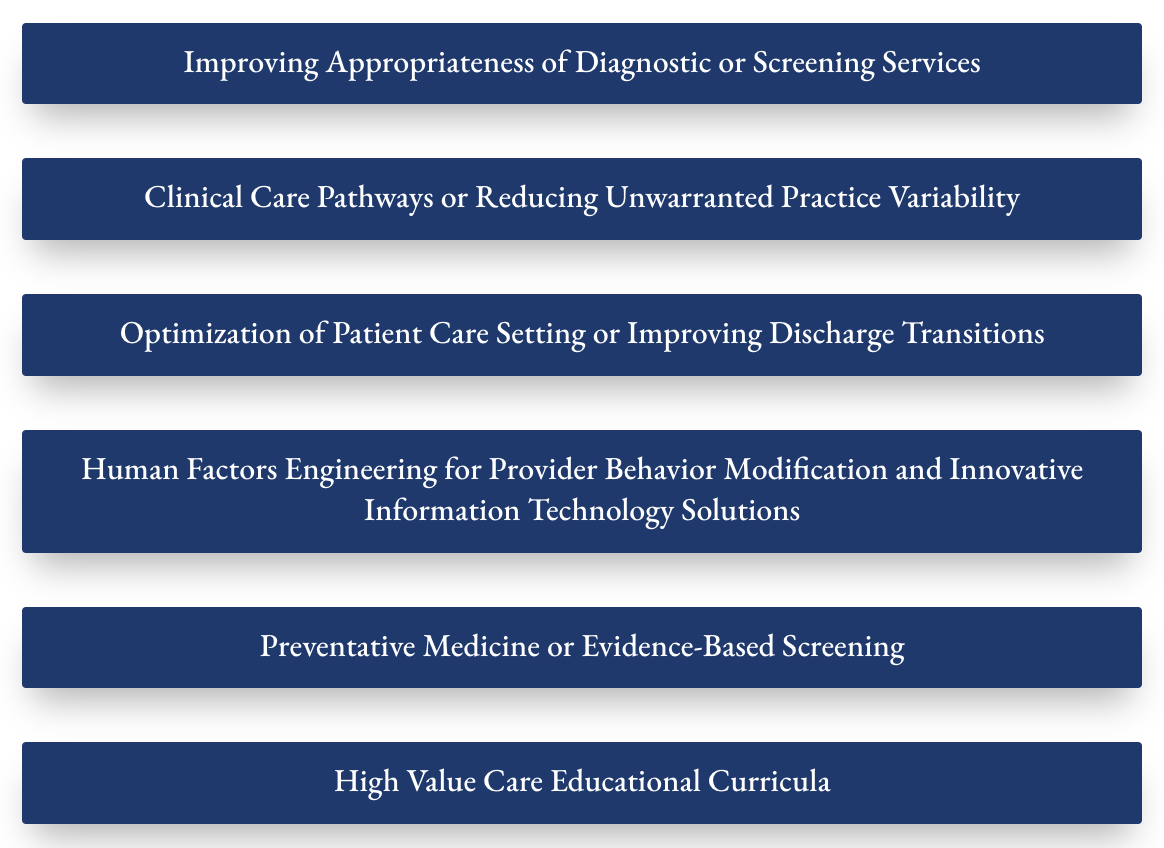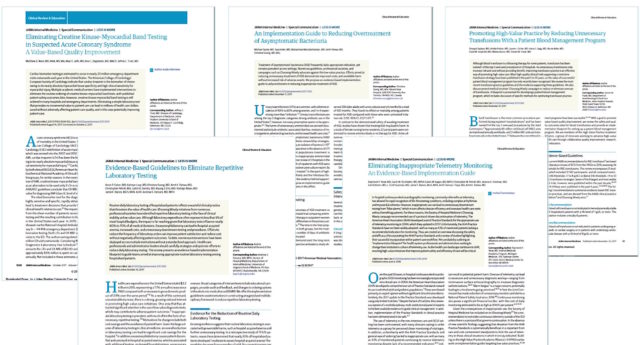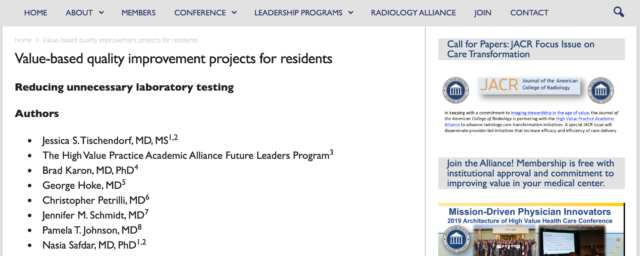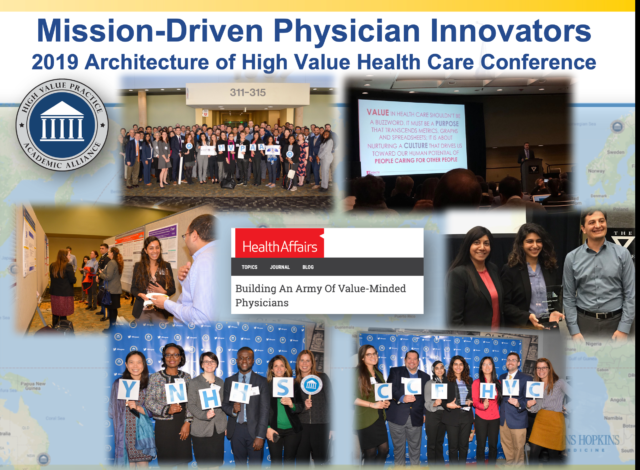From the 2019 HVPAA National Conference
Dr. Asad Moten (National Capital Consortium/Walter Reed National Military Medical Center)
Background
A High-value care to practice mandates the minimization of inappropriate testing and interventions and maximization of quality. To that end, high value practice requires the provider to be judicious in orchestration and management of care. The American Board of Internal Medicine through its “Choosing Wisely” campaign recommends using avoiding inappropriate testing in stable patients. Specifically, judicious testing requires the ordering provider to consider the likelihood of disease in a patient. Our Commission has designed a systems-based paradigm to ensure that practitioners consider pre-test probability criteria prior to ordering tests and interventions for our patients.
Methods
For our initial project we focused on increasing utilization of pre-test probability platforms. Particularly, our group focused on the HEART Pathway as a standard algorithm to assist practitioners in the assessment and management of patients with undifferentiated chest pain, concerning for possible ACS. In order to optimize provider decision support and increase utilization of HEART score for cardiac risk stratification, physicians were asked to document a HEART score in addition to obtaining history, EKG, age, risk-factors, and troponin levels in order to stratify patients based on ACS risk. The primary outcomes included objective cardiac testing. Secondary outcomes included length of hospitalization, early discharge, and cost savings.
Results
Compared with conventional care, use of HEART Pathway for ACS risk stratification decreased cardiac testing by 10.2% and admissions by 17% at the 2-month mark. Additionally, length of hospitalization stay reduced by 16 hours and early discharges increased by 15.2%. Moreover, extrapolating the results utilizing data from the Centers for Medicare and Medicaid Services, we deduce that increased utilization and implementation of the HEART pathway yields a >20% reduction in hospital costs.
Conclusions
One of the most important components of high-value care is critical diagnostic testing and interventions. Prior to ordering such testing and/or interventions, our paradigm mandates that providers must include consideration for pretest-likelihood of disease as well as test performance characteristics as part of their decision-making matrix.





